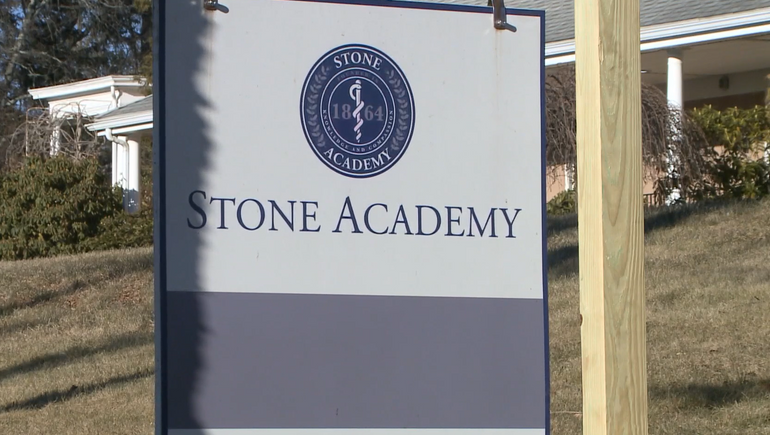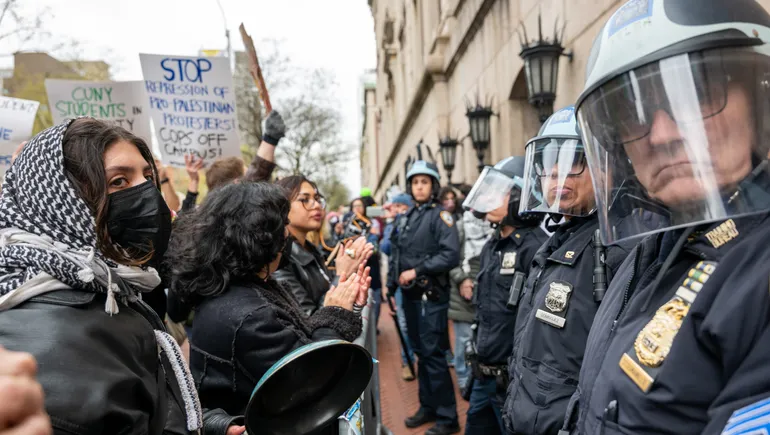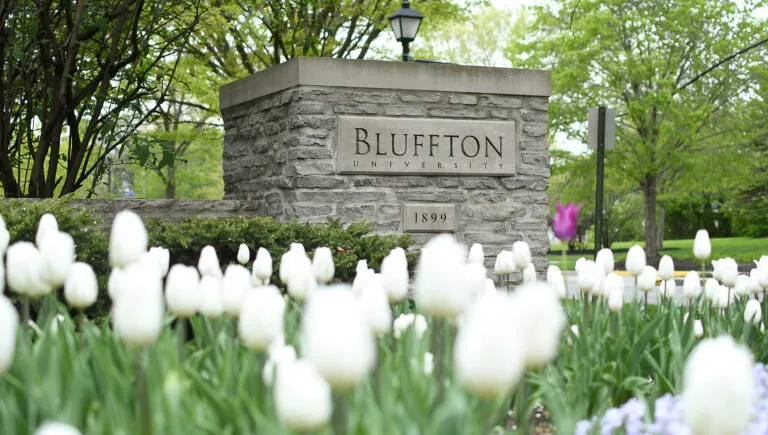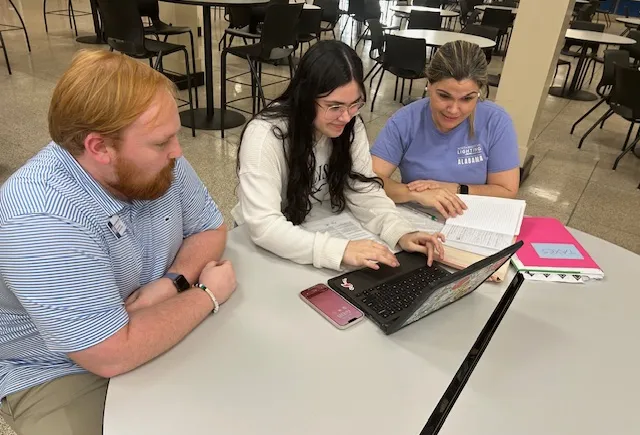[ad_1]
Dive Brief:
- Colleges and states are missing out on opportunities to reengage stopped-out students even as that population is growing, according to a report released Tuesday by the National Student Clearinghouse Research Center.
- The number of former students with some college credit but no degree increased to 40.4 million between July 2020 and July 2021. That’s up 3.6% from 39 million the previous year.
- But despite the increase in numbers, fewer “some college, no credential” students reenrolled in college, persevered past their first year of reenrollment, or completed a credential in the 2021-2022 academic year over the previous year.
Dive Insight:
Amid a rapidly approaching enrollment cliff for traditional students, colleges are increasingly looking to engage those who have stopped out as a way to bolster their student bodies.
But the disconnect between the rising number of stopped out students and those returning to higher education shows there’s room for improvement, according to the clearinghouse.
The report identified two groups of “some college, no credential” students that should be of interest to states and institutions considering reenrollment potential, Doug Shapiro, the research center’s executive director, said Monday.
Students who stopped out since May 2022 and “potential completers” — those who enrolled in college full time for at least two years in the last decade — held the most promise for reenrollment and completion outcomes, the report said.
Only 2.1% of “some college, no credential” students across the board reenrolled in 2021. But during the same time period, 9.4% of recently stopped-out students reenrolled, as did 6.1% of potential completers.
Potential completers also saw improved outcomes when broken down by race, the report found.
Just 22.8% of Black “some college, no credential” students earned a bachelor’s degree within one year of re-enrolling, which was below the national average of 25.7%. But among Black potential completers, 38.4% earned a bachelor’s in the same time period — just a hair shy of the national average of 38.8%.
Among students who reenrolled, 38.8% returned to the college they originally attended, the report said. But community colleges were the most popular type of institution overall for reenrollment, including for students switching their type of institution.
Some 44.4% of reenrolling students who previously attended a public four-year college elected to attend a community college upon returning, the report said. Likewise, 37.5% of former students at four-year for-profit institutions also opted for community college when they returned.
“The No. 1 destination is a community college, regardless of where they stopped out,” Shapiro said on a call with reporters Monday.
Once reenrolled, formerly stopped-out students behave differently from other nontraditional students, according to Mikyung Ryu, director of research publications at the center.
“As long as they come back and reenroll, they are more likely to stay put without transferring out to another institution,” Ryu said Monday. “Not changing institutions also means a shorter time to completion and a lower likelihood to lose their credits in a transfer.”
A majority of “some college, no credential” students, 66.7%, were under the age of 35 when they left higher ed. Recent stop-outs and potential completers skewed younger.
Over half of potential completers, 55.6%, were 20 to 24 years old when they last enrolled, and 24.6% of recent stop-outs were under 20 years old.
[ad_2]
Source link









